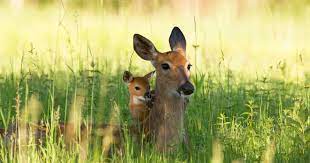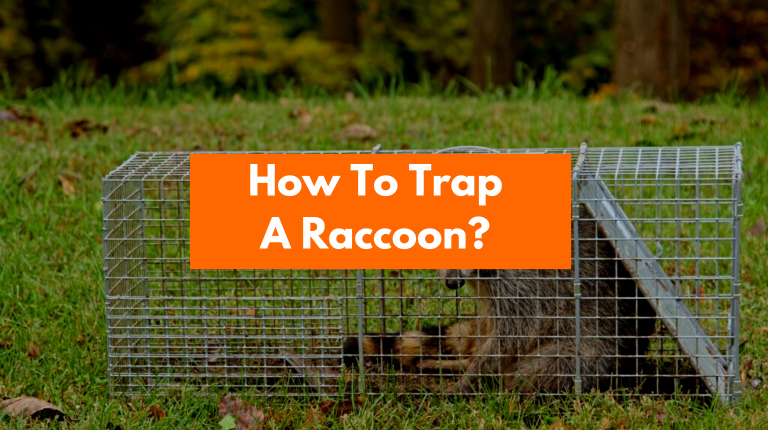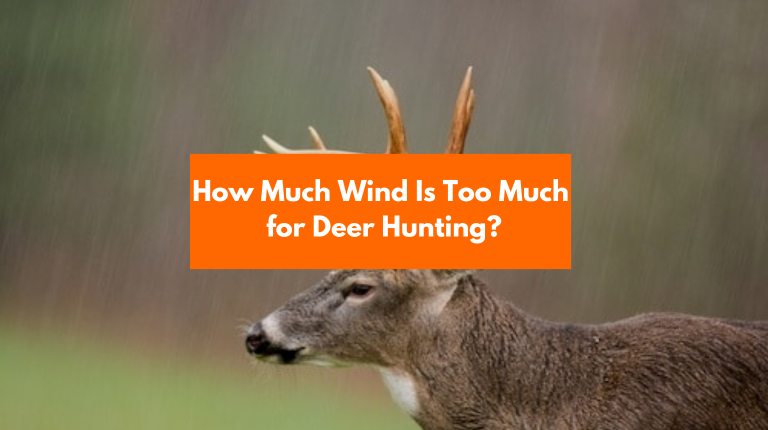If you’ve ever wondered whether coyotes hunt in the rain, the answer is a resounding yes! Don’t let a little precipitation fool you – these cunning creatures know how to thrive in wet weather. In fact, rain can be a boon for coyotes, providing them with a variety of opportunities to hunt and find shelter.
So if you are planning a hike in coyote country and the forecast calls for rain, be prepared to encounter these adaptable predators.
Do Coyotes Hunt At Night?
Yes, coyotes are primarily nocturnal animals and are known to hunt during the night. They have highly adapted senses such as excellent vision, hearing, and sense of smell which allow them to navigate and hunt efficiently in low-light conditions.
During the day, coyotes tend to rest in dens or shaded areas, conserving energy for their nocturnal activities. Their diet consists of small mammals such as rodents, rabbits, and birds, but they also consume fruits and vegetables when available.
Due to their adaptability and resourcefulness, coyotes have been able to thrive in various habitats across North America, including suburban and urban areas, where they can scavenge for food and take advantage of human-provided resources.
Do Coyotes Hunt During The Day?
Yes, coyotes are known to hunt during the day as well as at night. They are opportunistic predators that can adapt their behavior based on factors such as prey availability and competition with other predators. During the day, coyotes may hunt smaller prey such as rodents, rabbits, and birds.
They may also scavenge for food, especially in urban areas where there is easy access to garbage and other human food sources. However, they are more active at night when they are less likely to encounter humans and other potential threats. Coyotes have excellent senses and are skilled hunters, making them formidable predators in both day and night settings.

Why Do Coyotes Hunt Alone?
Coyotes are solitary hunters primarily because it’s more effective for them to hunt alone than in packs. Unlike wolves, which are pack animals and rely on their collective hunting skills to take down larger prey, coyotes are smaller and more agile predators that are perfectly capable of hunting on their own.
Hunting alone allows them to be more stealthy and flexible in their approach, making it easier for them to sneak up on their prey and catch it by surprise. Additionally, coyotes are opportunistic hunters and will eat whatever food source is available, whether it’s small rodents or larger prey like deer or elk. Hunting alone allows them to adapt to their environment and take advantage of whatever food source is available to them at any given time.
What Do Coyotes Hunt Most?
Coyotes are opportunistic predators that have a diverse diet and will hunt a variety of prey depending on availability and season. However, their most common prey items are small mammals such as rodents, rabbits, and squirrels.
They are also known to prey on birds, reptiles, and amphibians. Additionally, coyotes will scavenge for carrion and will eat fruits and berries when available. In urban areas, they may even raid garbage cans and pet food left outside. Overall, coyotes are adaptable hunters that can survive in a wide range of environments and have a varied diet.
What Do Coyotes Do During The Rain?
However, like most animals, coyotes have to deal with the effects of changing weather patterns, including rainfall. We’ll discuss what coyotes do during the rain, including seeking shelter, hunting for food, drinking water, and playing and socializing.
Seeking Shelter
During heavy rainfall, coyotes typically seek shelter in dens, under overhangs, or in any other areas where they can stay dry. Coyotes may use natural shelters, such as caves, or they may dig their own dens, which can range from simple burrows to complex underground structures. Coyotes may also seek shelter in abandoned buildings or under bridges.
Hunting for Food
Coyotes are opportunistic predators, which means they will eat whatever food is available to them. During the rain, coyotes may have difficulty finding prey, as the rain can wash away scent trails and make it harder to hear or smell potential prey. However, some prey species, such as rodents, may be more active during rainy weather, making them easier to catch.
Drinking Water
Like all animals, coyotes need water to survive. During the rain, coyotes may drink from puddles or small streams, or they may seek out natural water sources, such as springs or creeks. Coyotes may also take advantage of human-made sources of water, such as ponds or water troughs.
Playing and Socializing
Coyotes are social animals and often engage in playful behavior, especially during the rainy season when there may be fewer opportunities for hunting. Coyotes may play with each other, chase each other around, and engage in other social behaviors. During the rainy season, coyotes may also form larger packs, which can provide greater protection and increase the chances of finding food.
In addition, during the rain, coyotes seek shelter to stay dry, hunt for food that is more available or active during rainy weather, drink water from natural or human-made sources, and engage in playful and social behaviors. While coyotes have to adapt to changing weather patterns, they are able to thrive in a wide range of environments and continue to be an important part of the ecosystem.
Where Do Coyotes Sleep During The Rain?
Coyotes are highly adaptable creatures and have learned to thrive in various environments, including urban areas. When it rains, coyotes usually seek shelter in natural shelters like caves, rocky crevices, or under the thick foliage of trees.
They may also seek shelter in dens that they have dug themselves or taken over from other animals. In urban areas, coyotes may take shelter under parked cars, porches, or in drainage pipes.
They are resourceful creatures and will seek out any shelter that can keep them dry and safe during a rainstorm. However, it’s important to note that coyotes are nocturnal animals, and during the day, they may be seen lying out in the open, even during a rainstorm.
Conclusion
In conclusion, Yes, coyotes do hunt in the rain. While they may be less active during heavy rainfall, they have adapted to various weather conditions and are known to hunt in wet weather. The rain can actually make it easier for coyotes to hunt as it can mask their scent and the sound of their footsteps, making it easier for them to surprise their prey.
Coyotes are opportunistic predators and will hunt whenever the opportunity presents itself, regardless of the weather conditions. However, like most animals, they may seek shelter during particularly heavy rainfall to avoid getting too wet and cold.
FAQs
What weather is coyotes most active in?
Coyotes are generally most active during the nighttime, but their activity level can be influenced by the weather. They tend to be more active during cooler temperatures, such as in the early morning or late evening, and may be less active during extreme heat or cold, or during heavy rainfall or snowfall.
What are the best weather conditions for coyote hunting?
Coyotes are typically more active during cooler temperatures and lower wind speeds. Therefore, the best weather conditions for coyote hunting are typically early morning or late evening when temperatures are cooler and the winds are calmer. Additionally, overcast days can also be good for hunting as coyotes are less likely to detect movement.
Where do coyotes sleep when raining?
Coyotes are adaptable creatures and can sleep in various sheltered areas during rain, such as dens, caves, under rock ledges, hollow logs, or thick vegetation. They may also seek shelter under human-made structures, like bridges or buildings. Coyotes are known to be resilient and can survive in various weather conditions.
Where do animals go in heavy rain?
In heavy rain, animals seek shelter to protect themselves from getting wet and cold. They may go to their nests, burrows, or dens if they have them, or they may find refuge under trees, bushes, or other natural covers. Some animals also move to higher ground to avoid flooding.

I am Sam Billings, an entrepreneur who runs a printing business. In my free time, I enjoy the thrill of the hunt and often spend hours pursuing game. I am passionate about hunting gear and equipment, and I take great pleasure in helping fellow hunters find the right gear for their needs. From rifles and scopes to clothing and accessories, I am always happy to share my knowledge and expertise.






